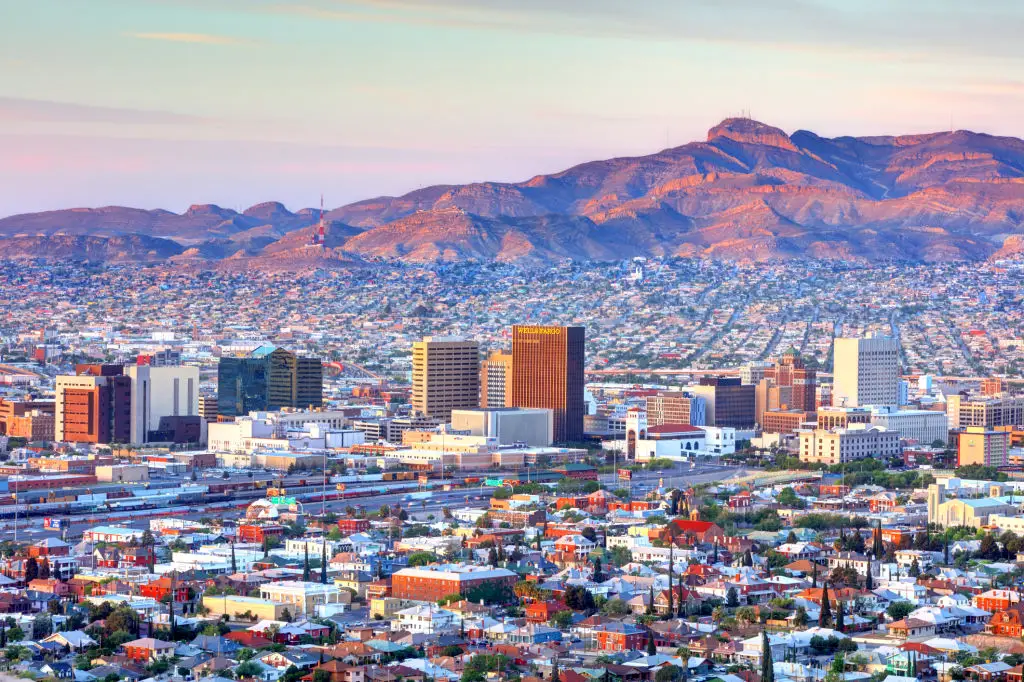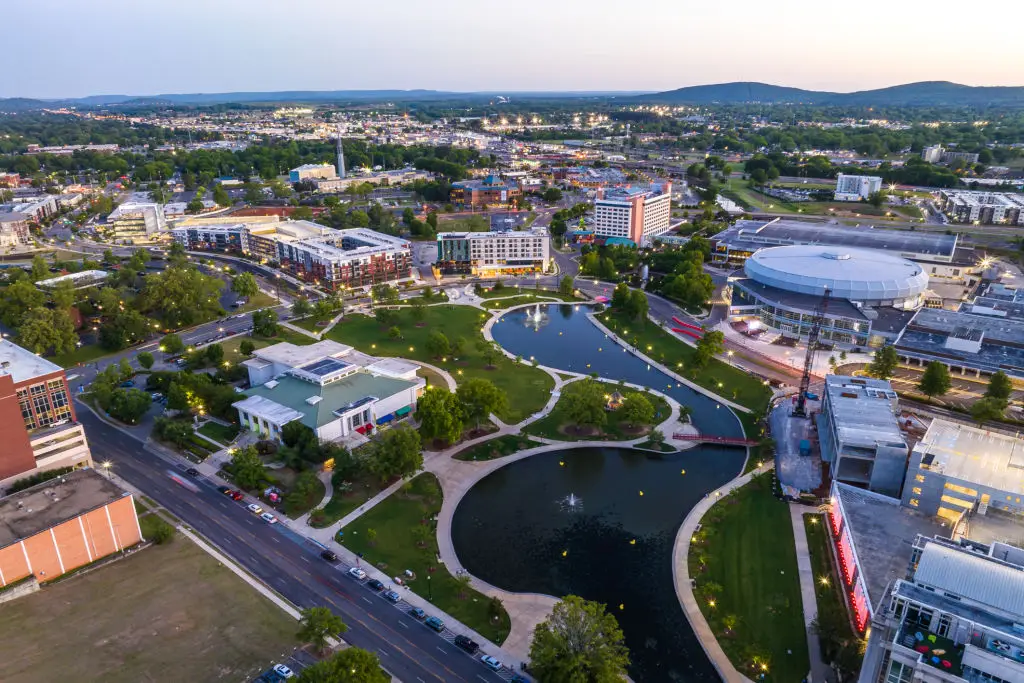The $1,000/Month Life: 11 Underrated Cities Where You Can Work Remotely for Cheap
Stretching a monthly budget to $1,000 sounds unlikely at first, but in many underrated cities that amount can cover rent, food, transport and still leave room for coworking and social life. This guide focuses on practical choices, not glossy lists, and highlights places where fixed costs and local services let remote workers keep a steady income without sacrificing connectivity or basic healthcare. You’ll find U.S. options that offer simplicity and access to domestic services, plus international cities where currency differences and affordable housing make $1,000 realistic. Each entry includes a brief monthly cost picture (with a source where available), notes about internet and coworking, safety and healthcare context, a one-line “Who this is for” recommendation, and a local money-saving tip. As of Nov 2025, prices can shift rapidly, so use the figures and links here as starting points and verify current listings before you commit. The goal is practical: show where $1,000 can buy comfortable, workable living and where it will require careful trade-offs. Read through the options to find a fit based on climate preferences, visa logistics and the kind of community you need for focused remote work.
1. Fort Wayne, Indiana

As of Nov 2025, Fort Wayne ranks among the lowest-cost U.S. cities; Newsbreak listed it as #1 for lowest cost of living in the U.S. (Newsbreak 2024). Rent for a modest one-bedroom outside premium neighborhoods often sits well below national averages, and overall monthly essentials (utilities and groceries) are notably cheaper than coastal metros. Internet and coworking: Most neighborhoods have reliable broadband; downtown hosts a few coworking spaces and several coffee shops with stable Wi‑Fi that suit remote work. Safety, healthcare and transport: Fort Wayne offers standard midwestern safety levels, accessible regional hospitals, and a compact layout that keeps transit costs low. Who this is for: Remote workers who want a U.S.-based, budget-friendly home with familiar services. Local money-saving tip: Look for month-to-month sublets or roommate situations near downtown to reduce move-in costs and tap walkable amenities, lowering ride-share or car expenses.
2. El Paso, Texas

El Paso frequently posts average rents under $1,000 in many neighborhoods, making it a strong value option for U.S.-based remote workers (Newsbreak 2024). Utilities and groceries are also comparatively affordable, and the consistently sunny climate reduces seasonal heating costs. Internet and coworking: Broadband coverage is strong across urban neighborhoods and there are affordable cafés and a growing number of small coworking spots where remote workers meet. Safety, healthcare and transport: The city has accessible hospitals and clinics; transportation is affordable with car-friendly infrastructure and reasonable public transit for central commutes. Who this is for: People who want low-cost living, straightforward logistics, and easy access to U.S. services. Local money-saving tip: Consider apartments a little further from the tourist or downtown core; many quieter neighborhoods offer lower rents without sacrificing internet reliability.
3. Tulsa, Oklahoma

Tulsa’s housing market and daily expenses are widely recognized as more affordable than major tech hubs, giving remote workers room to hit strict monthly budgets while keeping convenient services. Internet and coworking: The city supports several established coworking spaces and independent cafés with dependable Wi‑Fi, and fiber broadband options are available in many neighborhoods. Safety, healthcare and transport: Tulsa’s mid-sized scale keeps hospital access reasonable and transit costs manageable, though a car can be useful outside central neighborhoods. Who this is for: Remote professionals who want cultural amenities and lower housing expenses. Local money-saving tip: Check for community-sponsored remote-worker incentives or short-term housing programs that bundle utilities, which can reduce the first-month overhead and help you settle in without draining savings.
4. Huntsville, Alabama

Huntsville pairs a growing tech and engineering presence with housing costs below many coastal cities, so a $1,000 monthly plan can be workable if you choose modest housing or shared accommodation. Internet and coworking: The city has good broadband availability and a growing number of coffee shops and shared offices catering to professionals. Safety, healthcare and transport: Huntsville hosts reputable hospitals and clinics near the research and aerospace districts; local transit is available but many residents use cars. Who this is for: Tech-minded remote workers who want low rent close to industry nodes. Local money-saving tip: Target neighborhoods near employment or research hubs where you can split rides or reduce commutes, saving both time and transport costs.
5. Penang, Malaysia

Penang stretches a tight budget: VegOutMag reports one-bedroom rentals around $233–$332 per month, which makes $1,000 a comfortable monthly budget for many remote workers (VegOutMag 2024). Utilities, local transport and abundant street food keep ongoing costs low. Internet and coworking: Penang’s main urban areas offer solid broadband and plenty of cafés; coworking spaces and digital-nomad hangouts are common in Penang’s city districts. Safety, healthcare and transport: Penang provides accessible healthcare options for expats and relatively safe urban neighborhoods; motorcycles and inexpensive taxis make short trips affordable. Who this is for: Remote workers who want Southeast Asian affordability with city conveniences. Local money-saving tip: Eat at hawker centers and use local buses or ride apps for short journeys — both cut day-to-day spending dramatically.
6. Da Nang, Vietnam

Vietnam is regularly listed among the cheapest countries for digital nomads, and Da Nang’s coastal location offers affordable rentals and low daily living costs (DriftTravel 2025). As of Nov 2025, one-bedroom rentals can vary by neighborhood and season, so expect variation in listings. Internet and coworking: Da Nang’s popular expat neighborhoods provide reliable internet and multiple coworking cafés oriented to remote workers. Safety, healthcare and transport: The city is generally safe for foreigners; private clinics and regional hospitals are accessible though more advanced care can require travel to larger centers. Who this is for: Remote workers who want beach access and budget-friendly living. Local money-saving tip: Negotiate longer rental agreements and secure a local SIM plan with data bundles to avoid costly roaming and hotspot purchases.
7. Chiang Mai, Thailand

Chiang Mai has been a long-time digital-nomad hub due to low rents, inexpensive food and strong expat networks (The Roaming Renegades). Exact rental prices depend on neighborhood and lease length, and as of Nov 2025 many remote workers find well-priced monthlies in shared apartments and guesthouses. Internet and coworking: The city has many coworking venues and cafés with reliable Wi‑Fi, plus inexpensive mobile data for backups. Safety, healthcare and transport: Chiang Mai offers affordable private clinics and regional hospitals; safety is good in most tourist and expat neighborhoods. Who this is for: Workers seeking a strong community and low monthly overhead. Local money-saving tip: Use local markets for groceries and short-term apartment platforms favored by expats to lock in better monthly rates.
8. Medellín, Colombia

Medellín is often recommended for its combination of livability and affordability compared with U.S. metros (Travel + Leisure). Rent and food costs can be modest depending on neighborhood choices, though prices are higher in popular expat districts. Internet and coworking: The city has dependable broadband in central areas and a robust selection of coworking spaces, making it practical for day-to-day remote work. Safety, healthcare and transport: Medellín has modern hospitals and an established public transit system; safety varies by district, so choose housing in well-regarded neighborhoods. Who this is for: Remote professionals seeking Latin American culture with stable connectivity. Local money-saving tip: Select neighborhoods served by the metro for lower transport costs and easier access to coworking hubs.
9. Tbilisi, Georgia

Tbilisi offers a lower-cost European option, with affordable services and a competitive rental market outside central tourist pockets (Travel + Leisure). As of Nov 2025, cost variability is notable, but many remote workers report budgets that include rent and living expenses beneath typical Western European rates. Internet and coworking: The city hosts a growing number of coworking spaces and decent broadband in urban neighborhoods popular with expats. Safety, healthcare and transport: Tbilisi has accessible clinics and a compact transport system, though specialist care may require trips to larger hospitals. Who this is for: Budget-conscious workers wanting European access without high Western prices. Local money-saving tip: Book apartments in residential districts rather than central tourist zones to lower monthly rent while keeping easy access to cafes and coworking spaces.
10. Oaxaca, Mexico

Oaxaca combines low daily living costs and cheap, fresh food markets that keep monthly budgets manageable for North American remote workers. Exact rental figures vary, but many remote workers find that modest apartments and local goods keep totals well under equivalent U.S. city budgets. Internet and coworking: Central Oaxaca has reliable internet in most guesthouses and a selection of cafés and coworking spaces serving remote workers. Safety, healthcare and transport: Health services are available in city centers and short domestic flights connect to U.S. hubs; typical safety precautions apply in busier areas. Who this is for: Remote workers who value cultural life and affordable daily living within easy reach of the U.S. Local money-saving tip: Use local markets for groceries and learn a few transit routes to replace frequent taxi rides, trimming transport costs significantly.
11. Plovdiv, Bulgaria

Plovdiv is an affordable European choice with modest rents and improving local services, letting remote workers live economically compared with Western Europe (DriftTravel/Travel + Leisure). As of Nov 2025, rental and day-to-day costs remain attractive for budget-conscious professionals. Internet and coworking: The city’s cafés increasingly offer dependable Wi‑Fi and several coworking venues support freelancers and small teams. Safety, healthcare and transport: Plovdiv offers accessible healthcare clinics and a compact transit network; central neighborhoods are walkable and reduce transport needs. Who this is for: Remote professionals who want a European base with low monthly overhead. Local money-saving tip: Compare utility-included apartments to avoid surprise bills and verify internet speeds before signing a longer lease.
Wrap-up: Making $1,000 a Practical Remote Work Budget

Living and working remotely on $1,000 per month is achievable in many underrated cities if you accept specific trade-offs and plan carefully. These eleven options mix U.S. secondary markets with international locations where rents, food and services are less expensive than major metros. Before you move, verify current rental listings, confirm broadband availability at the exact address, and check visa or residency rules, since those factors affect total monthly costs more than headline rent. Consider a short trial—book a month or two before committing long-term—so you can test internet reliability, local safety, and healthcare access in practice. Keep a buffer for unexpected costs and use local strategies, like market shopping and longer-term rental negotiations, to lower recurring spending. If you need regular in-person medical care or frequent U.S. travel, lean toward the U.S. picks; if you prioritize lower rent and cultural immersion, some international cities give more value for $1,000. Use the research links cited above as a starting point, and update any price checks to "As of Nov 2025" status when you plan your move; local market changes will influence the feasibility of this budget. With due diligence and a willingness to share space or choose off-center neighborhoods, a $1,000/month remote-work life is realistic for many people, offering a way to keep work stable while exploring new places on a tight budget.








